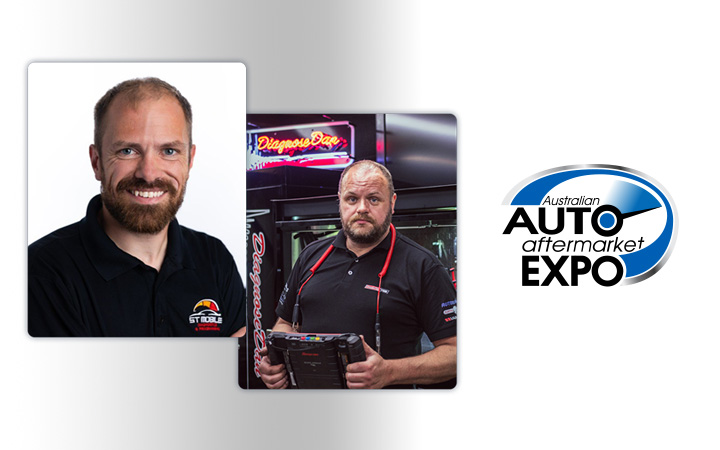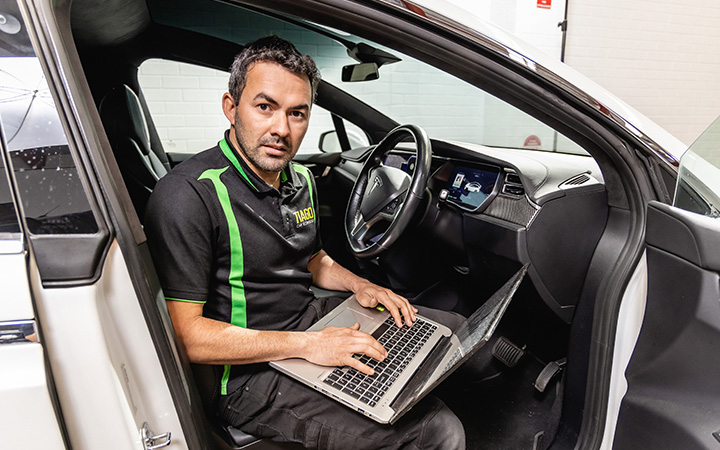So how to cope?
A few years ago, I devised my APPROACH diagnostic process, which is worth repeating now, more than ever.
A – Attitude
The starting point for all challenging jobs. Diagnostics demand clear thinking and the right mindset for plotting the best way forward.
P – Patience
In diagnostics, patience is a virtue. A rushed diagnosis generally leads to unnecessary parts replacement.
P – Preparation
Time must be set aside for preparation, which must include the next step.
R – Research
Technicians MUST be given time to research the symptoms and analyse the findings of any initial evaluation of the problem they are trying to solve.
O – Organised
More to do with the mind, although organising tools and parts is just as important. Being organised applies mainly to testing and system evaluation – what and how is the testing being done, and what results are expected.
A – Ask questions
Nobody is expected to know everything about every car on the road, so take the time to ask questions of those who may be more experienced in a particular area or vehicle model. It is no shame to ask, and in fact many experienced technicians like being asked for their opinion.
C – Confirmation and validation
This applies to the workshop’s relationship with the owner of the vehicle and therefore will help consolidate the bond that ensures long-term loyalty to the workshop. Confirm repairs if possible with some form of validation that might be some corrected live data, an oscilloscope image, a photo or some sort of proof that a noted issue has been rectified.
H – Habit
Diagnostic jobs become less difficult and time consuming if you turn new approaches to specific problems into a habit. Adopting good habits can often help to avoid potential headaches.
The most important of the above steps are Preparation and Research.
This is where time must be spent asking the right questions and compiling a detailed history of how and why the vehicle has ended up in your workshop.
Some workshops treat these stages so seriously that they have compiled a customer questionnaire that is filled out before the customer leaves the workshop.
The questions cover History, Symptoms, Frequency and Conditions.
History:
How long have you owned the vehicle? When was it last serviced? How long have the symptoms been present? Have any other technicians investigated the issue? Has the vehicle been in an accident or been to a panel shop recently? Have any remapping or programming changes been made to the vehicle? Has the battery been replaced recently?
Symptoms:
When did the symptoms start? Did any warning lights come on and if so, how long have they been on? How does the vehicle drive? Have you noticed any changes in fuel economy? Is the vehicle blowing smoke, and if so, what colour?
Frequency:
When did you first notice this problem? How often do the symptoms appear? Can you replicate the issues and, if so, how?
Conditions:
Does the fault occur at any particular time? What temperature is the engine when the fault occurs? Do you notice any particular speed or engine load when the symptom appears? Do any particular conditions make the problem worse, for example, rain, cornering, or night-time?
There can be no end to the questions. Like a good detective at the murder scene, the more questions that are asked, the clearer the insight into the issue and the customer's concerns.
If possible, go for a drive to experience the symptoms for yourself, but let the owner drive. Perhaps there is a driving technique that could be contributing to the problem. Keep asking questions while taking this drive. The vast majority of customers will not tell you everything. Their mindset is to keep it simple, and that way it should be simple to fix, so therefore not a big invoice at the end.
In this whole relationship, remind yourself that you are the professional, and that asking the questions will help to diagnose the symptoms in the most effective and efficient way.
A customer diagnostic questionnaire sample accompanies this article, you can download it by clicking here.


